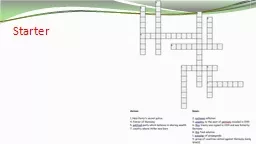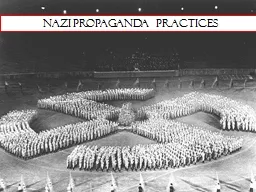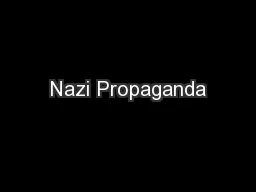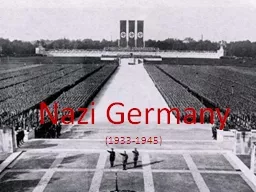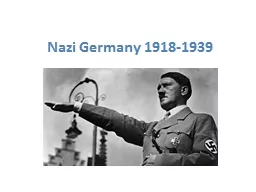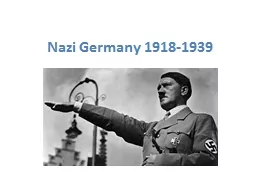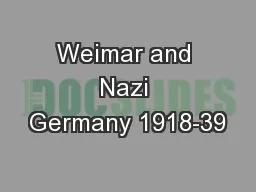PPT-Starter Nazi Economy How developed was the economy?
Author : sherrill-nordquist | Published Date : 2018-09-19
Aim To explain B the ways that the Nazis tried to strengthen the economy and evaluate A the extent to which it was successful How did the Nazis deal with Germanys
Presentation Embed Code
Download Presentation
Download Presentation The PPT/PDF document "Starter Nazi Economy How developed was t..." is the property of its rightful owner. Permission is granted to download and print the materials on this website for personal, non-commercial use only, and to display it on your personal computer provided you do not modify the materials and that you retain all copyright notices contained in the materials. By downloading content from our website, you accept the terms of this agreement.
Starter Nazi Economy How developed was the economy?: Transcript
Download Rules Of Document
"Starter Nazi Economy How developed was the economy?"The content belongs to its owner. You may download and print it for personal use, without modification, and keep all copyright notices. By downloading, you agree to these terms.
Related Documents

